How to grow blackberries that are 'consistently plump, reliably sweet and almost laughably juicy'
Blackberries are a gardener's dream, says expert fruit grower Mark Diacono. And while they grow plentifully in the wild, there are vigorous and unfussy domestic varieties than can be even better...

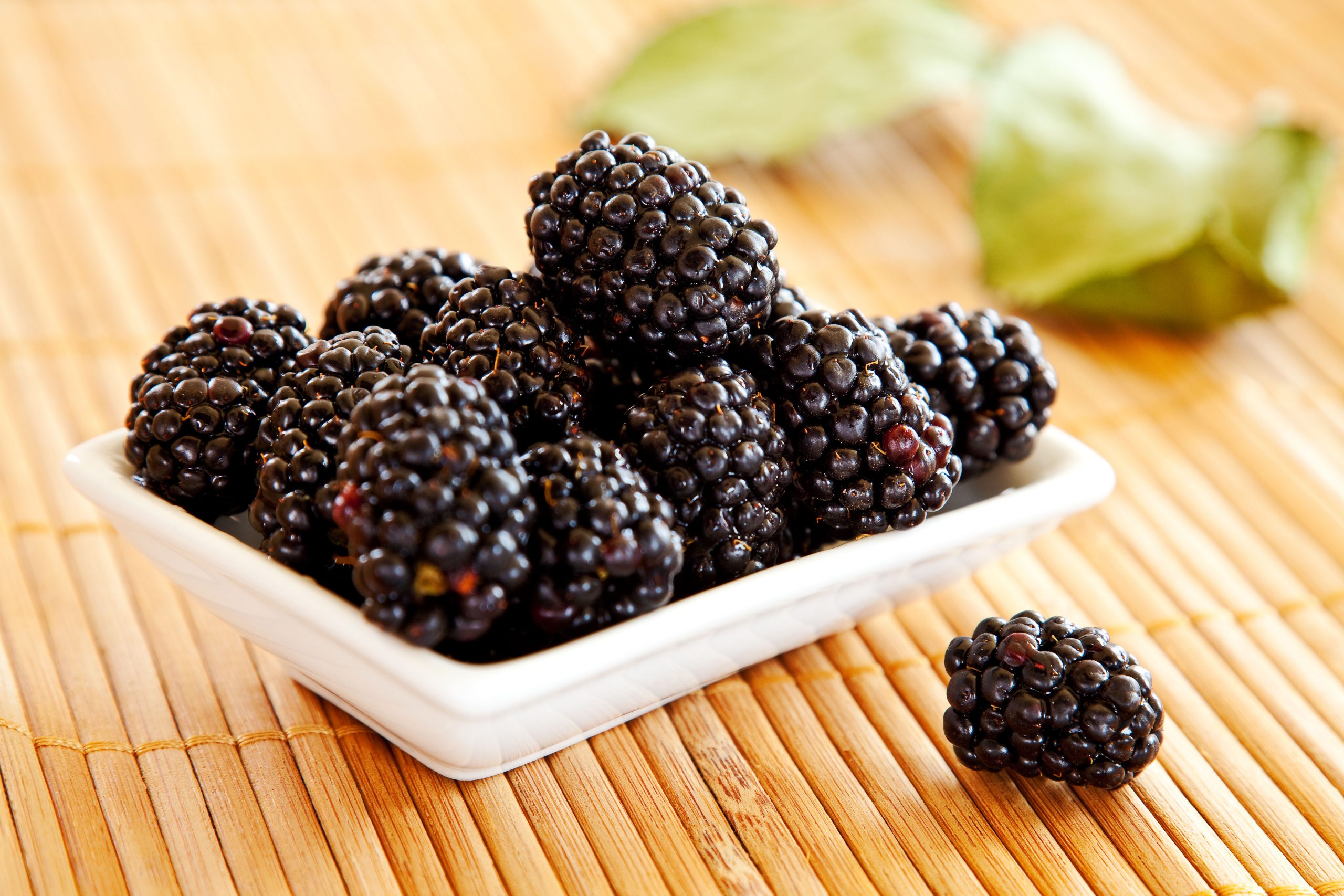
Back when smoking was good for you, certain activities were almost compulsory. Families gathered to watch the Red Arrows, the whole day was given over to the FA Cup final and everyone — everyone — went blackberrying. As if an inaudible summer siren had sounded, people streamed to roadside verges, untidy hedges, and — in our case — the path of the old railway line, in search of free fruit.
This wasn’t without its stress: my sister and I would be dragged kicking and screaming from the television, with my mum ‘well I always put them in the same place’-ing my dad about missing lids for plastic storage tubs. Once out of the house, enthusiasm — thanks to the promise of apple and blackberry crumble — took over.
'Wild and domestic blackberries are two separate fruits in all but name, and I’d not be without either'
Almost everyone has happy childhood memories of blackberrying, but if I am designing an edible garden, clients usually query the presence of blackberries: why grow something you can simply go and pick? I used to feel the same way, but, over the past dozen years or so, I’ve grown and eaten fruit from many of the blackberry varieties bred for domestic and commercial growing.
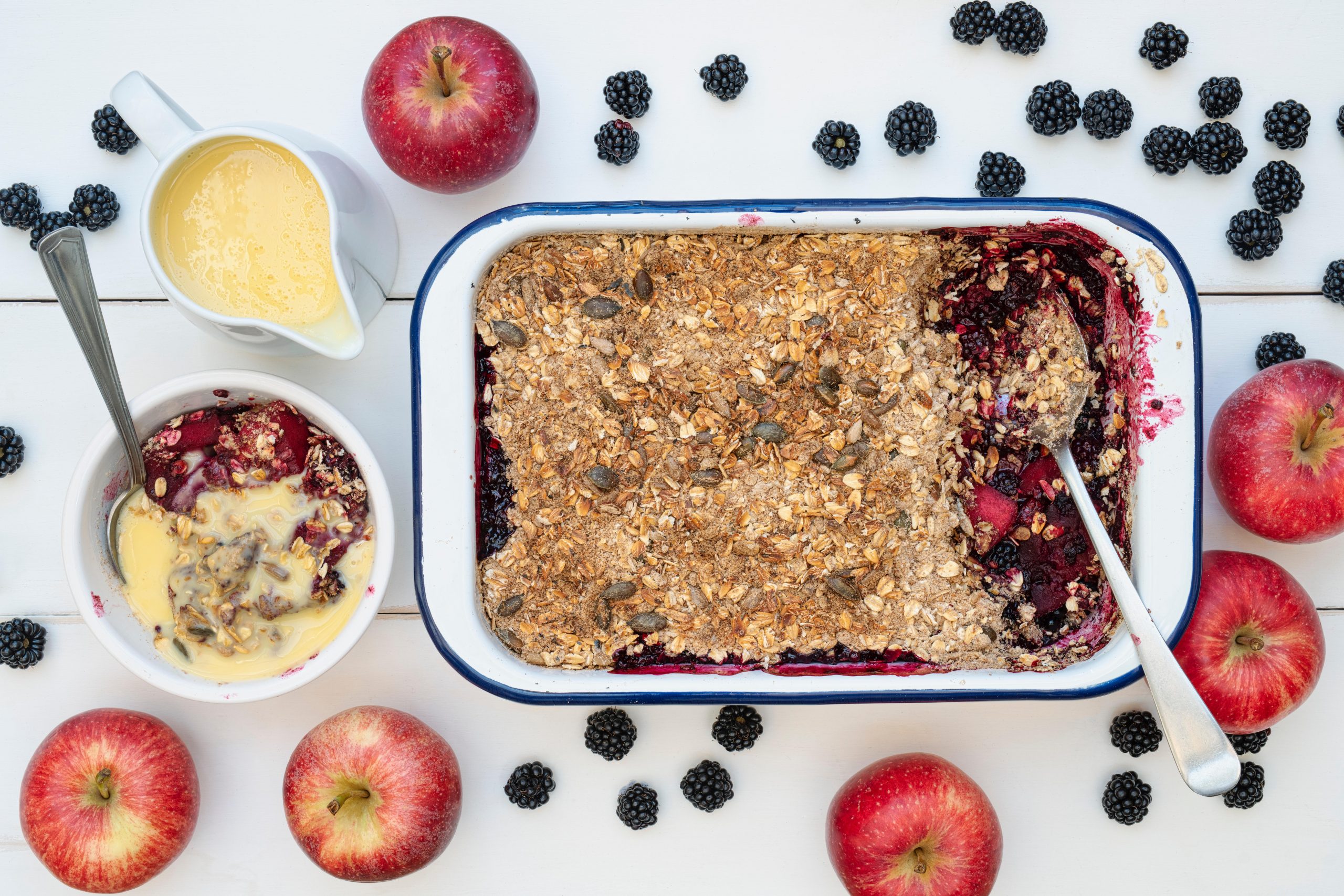
These improved varieties are so very different to those that grow wild: where wild blackberries vary in flavour and size, the fruit of these new varieties is consistently plump, reliably sweet and almost laughably juicy. I’ve also found named blackberry varieties to be heavy cropping, naturally upright in habit and, in many cases, thornless. It makes them a really superb prospect for growing in the garden.
Blackberries’ excellent flavour and productivity is matched by their ease for the gardener. They’re vigorous and unfussy, growing merrily in wind, semi-shade or even heavy soils. I’ve used them in forest and woodland gardens, where they can ramble and colonise, as well as in the most formal of gardens, where their ability to produce heavily and beautifully when fan-trained in two dimensions leaves space for other plants to shine.
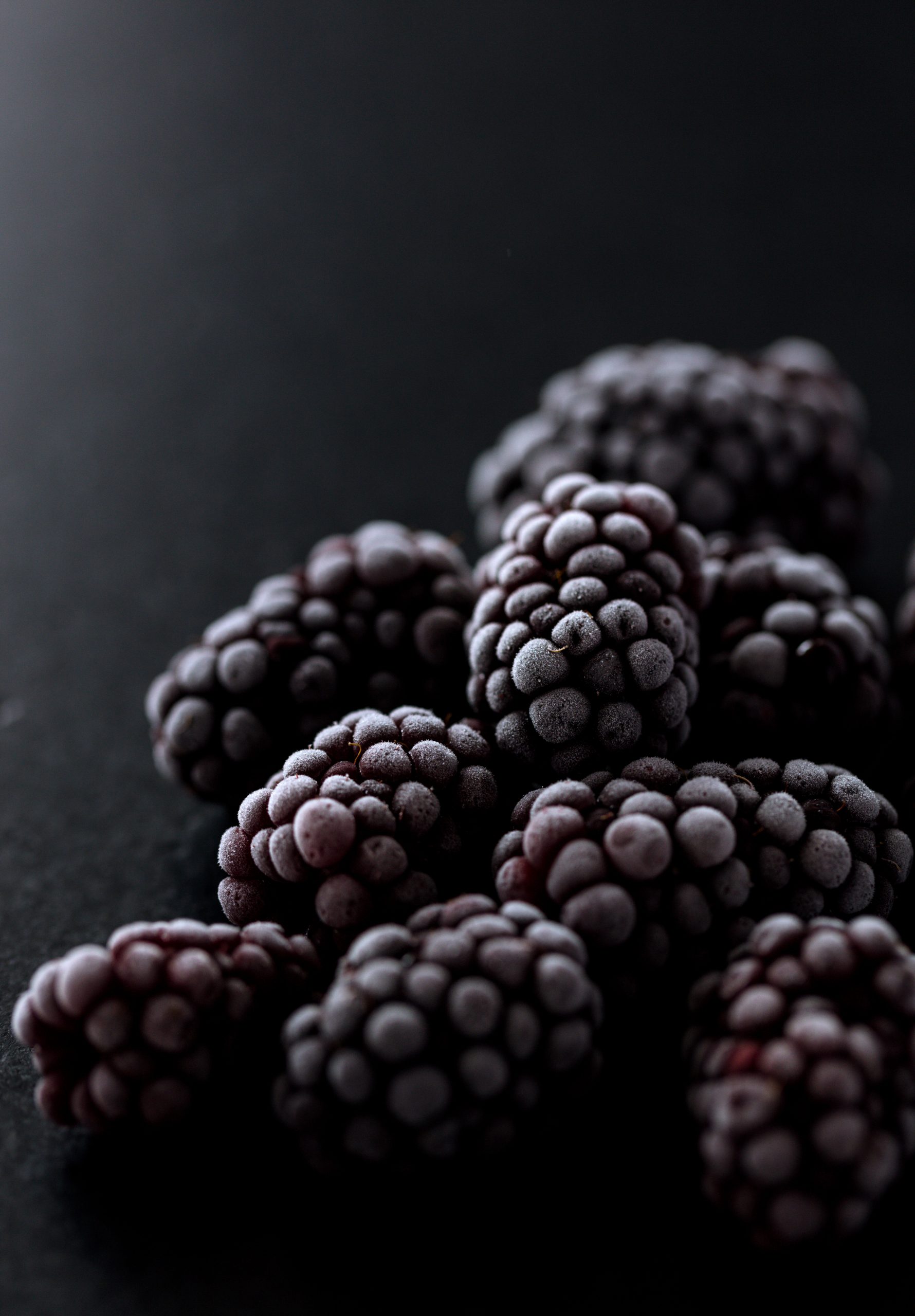
As tolerant as they may be, there are a few things you can do to get the best from blackberries. As with most fruit, watering well after planting and through dry patches in the first summer will help them to get off to a good start. I usually mulch thickly with well-rotted compost around the base each spring and, although it’s not strictly necessary, I have a feeling that the semi-regular watering I give them with comfrey tea or seaweed feed from when flowering starts really helps the health and size of the harvest.
I love the way blackberries grow. Each year, they produce long canes — typically to about 6ft — that, in the following year, produce lateral fruit-bearing shoots. This constant cycle makes blackberries easy to manage: any stems that have fruited (they’re easy to spot even in winter with their dried calyxes) should be cut right back to the base any time after the end of the harvest, as they won’t produce again. If you train a blackberry — either formally as a fan or more casually over a shed or similar — I’d suggest tying in the new canes at this stage for shape and tidiness going into the next growing season.
Exquisite houses, the beauty of Nature, and how to get the most from your life, straight to your inbox.
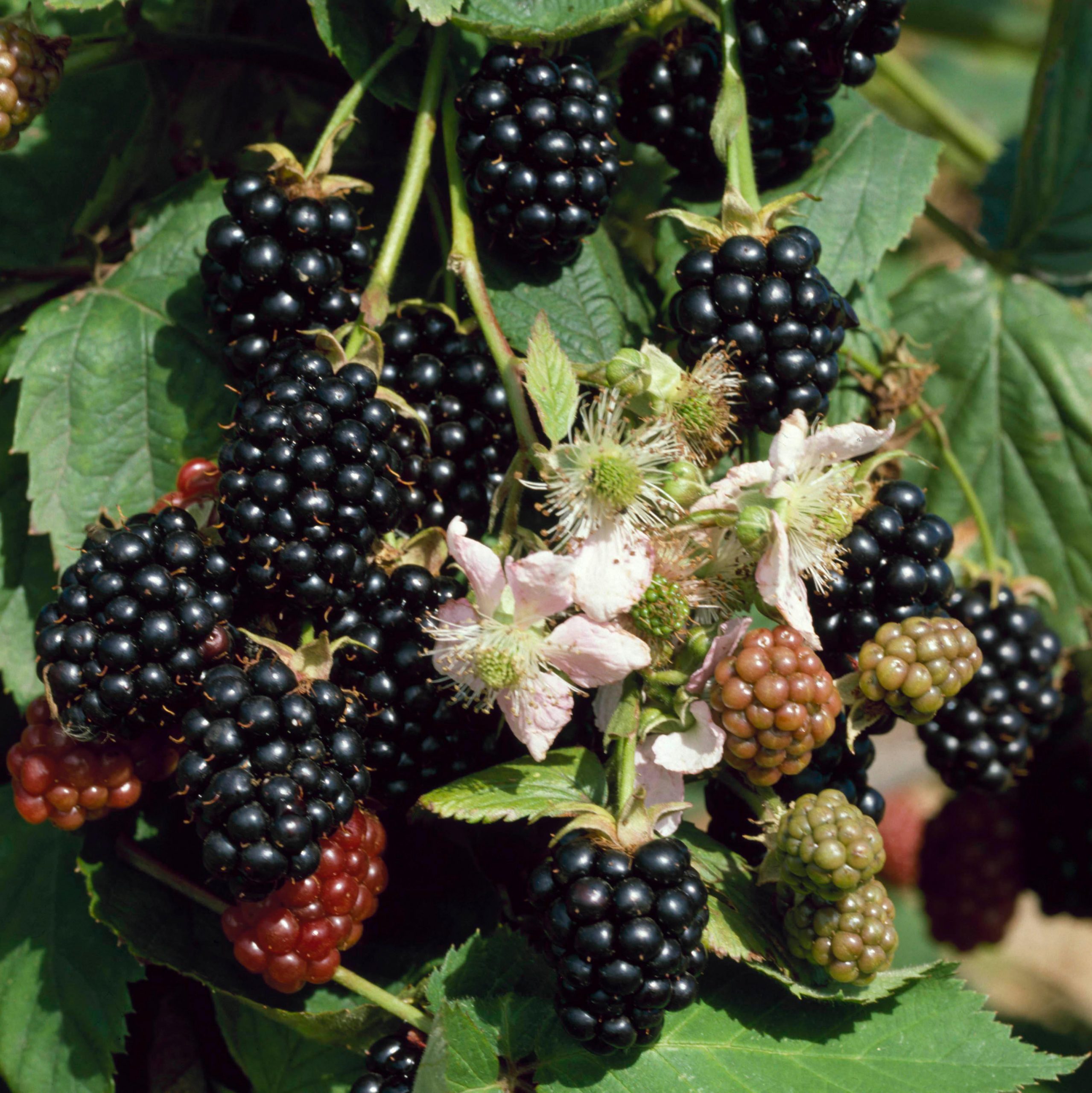
Variety is important. Most of the new varieties are superb in flavour, but look for ones where their habit or behaviour suits your situation. ‘Arapaho’ and ‘Black Satin’ are both high yielding, upright, vigorous and thornless, with delicious fruit. If you have limited space, would like to grow blackberries in a container or simply like the idea of a small plant, there are many to choose from: ‘Waldo’ and ‘Little Black Prince’ are the best of these I’ve grown.
The latter is also a primo-cane variety, meaning it produces on new canes as well as those in their second year, which means a bumper harvest. ‘Polarberry’ is a very unusual blackberry: it is thornless, early fruiting (in July) and compact enough for garden or container growing, but also produces white fruit, which means that fewer are taken by the birds.
I am not for a moment suggesting named varieties for the garden are superior to those growing wild. They are in all but name two separate fruits and I’d not be without either. In any case, I wouldn’t want to not drag my daughter away from her phone or deprive my wife of the opportunity to question my tub-and-lid storage skills each summer.
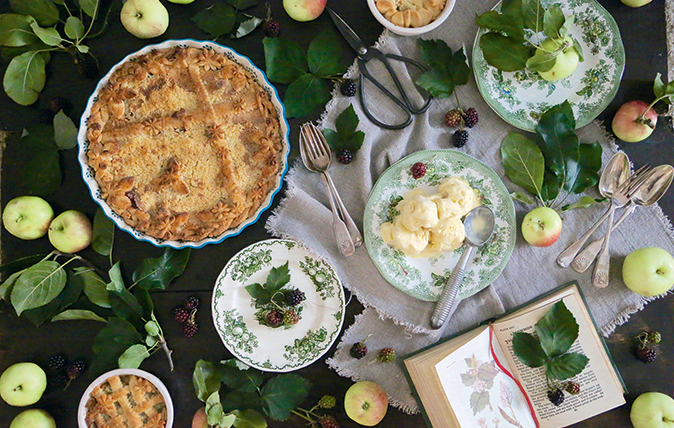
Apple and blackberry crumble pie with amaretti ice cream
Apples are a firm British favourite and deservedly so.
When will your fruit be ready to pick? A complete A-to-Z guide to fruit in the gardens of Britain
From apples to strawberries, here's when the fruits in your garden will be ready to pick.
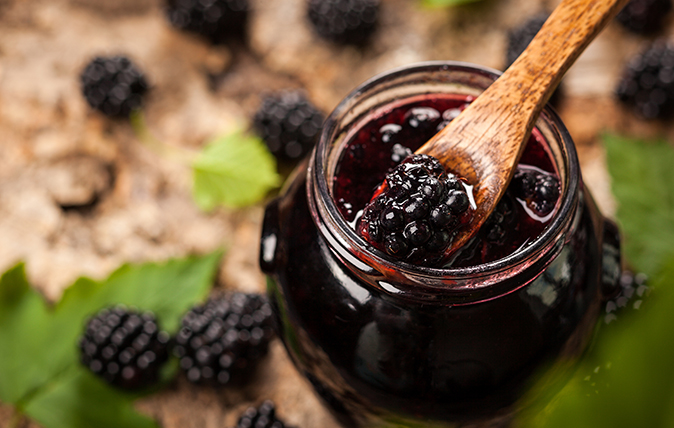
How to make blackberry jam: A quick and easy recipe
Reader Sam reveals how to make simple fruit jam in 20 minutes without pectin or a thermometer.

Recipe: How to make blackberry blondies
This delicious recipe for blackberry blondies makes 12 pieces.

Top tips for blackberrying and best blackberry recipes
We unravel the secrets to identifying and collecting the best blackberries, and the most delicious ways to cook them
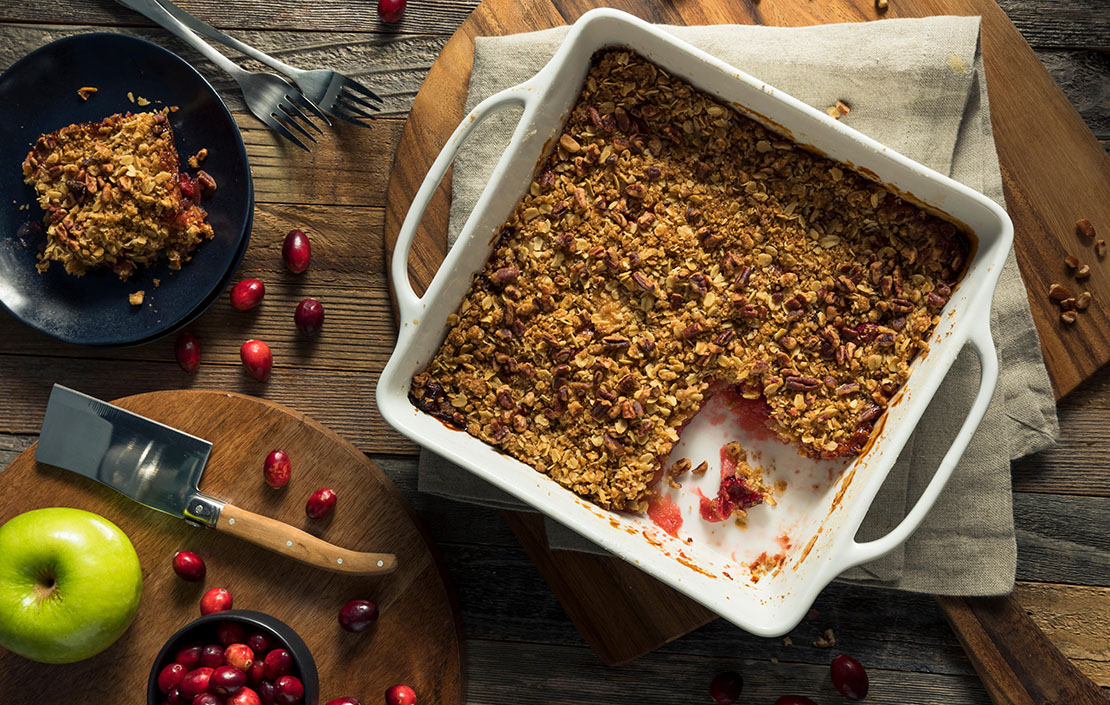
Credit: Alamy Stock Photo
Why we all love a crumble and how to make yours the best in the family
It feels as if we’ve been eating them forever, yet they’re actually a relatively recent and possibly American–invention. Debora Robertson
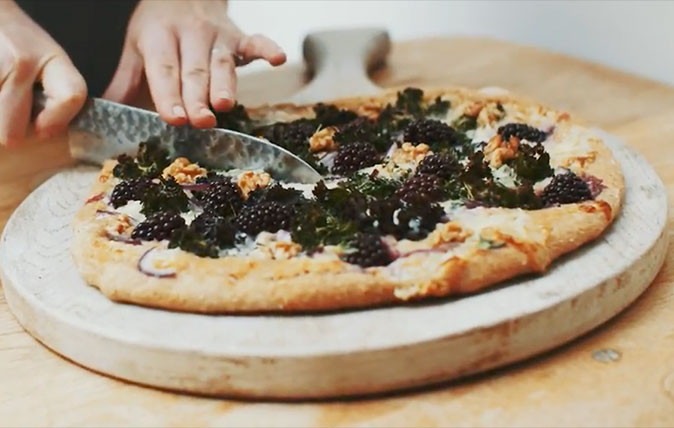
Recipe: How to make blackberry, gorgonzola and walnut pizza
Just from the sound of it, you know this is one of those odd combinations which will work.
Mark is lucky enough to spend most of his time eating, growing, writing and talking about food. He has written fourteen award-winning books, including A Year at Otter Farm and A Taste of the Unexpected (both won Food Book of the Year, and Garden Book of the Year). Known for growing everything from Szechuan pepper to pecans to Asian pears, Mark's refreshing approach to growing and eating has done much to inspire a new generation to grow some of what they eat. He was involved in the early days of River Cottage, appearing in the TV series, and writing four River Cottage books. Mark writes to a global audience on his best-selling Substack: Mark Diacono’s Abundance.
